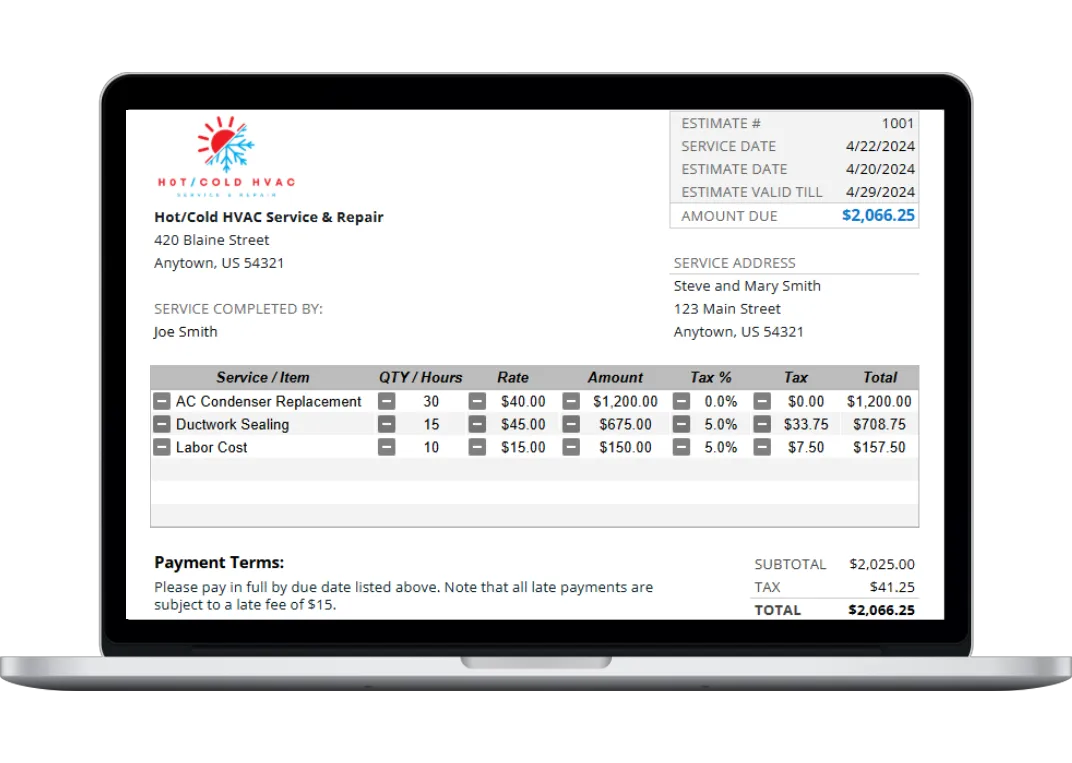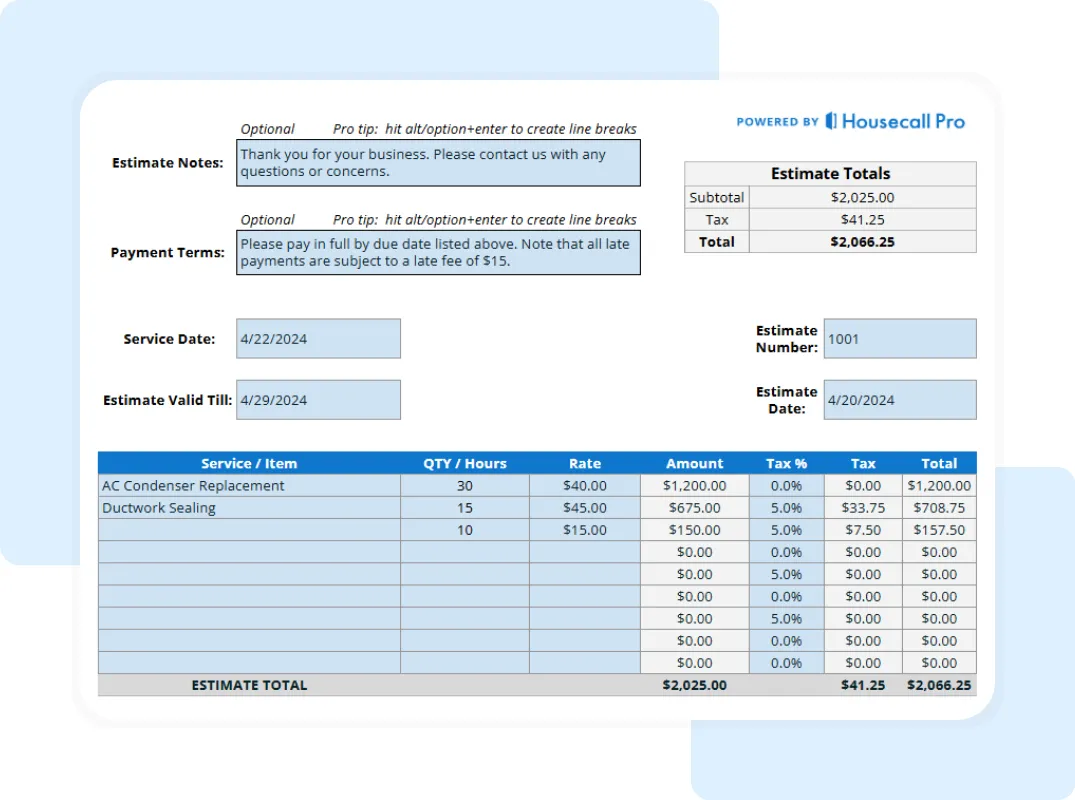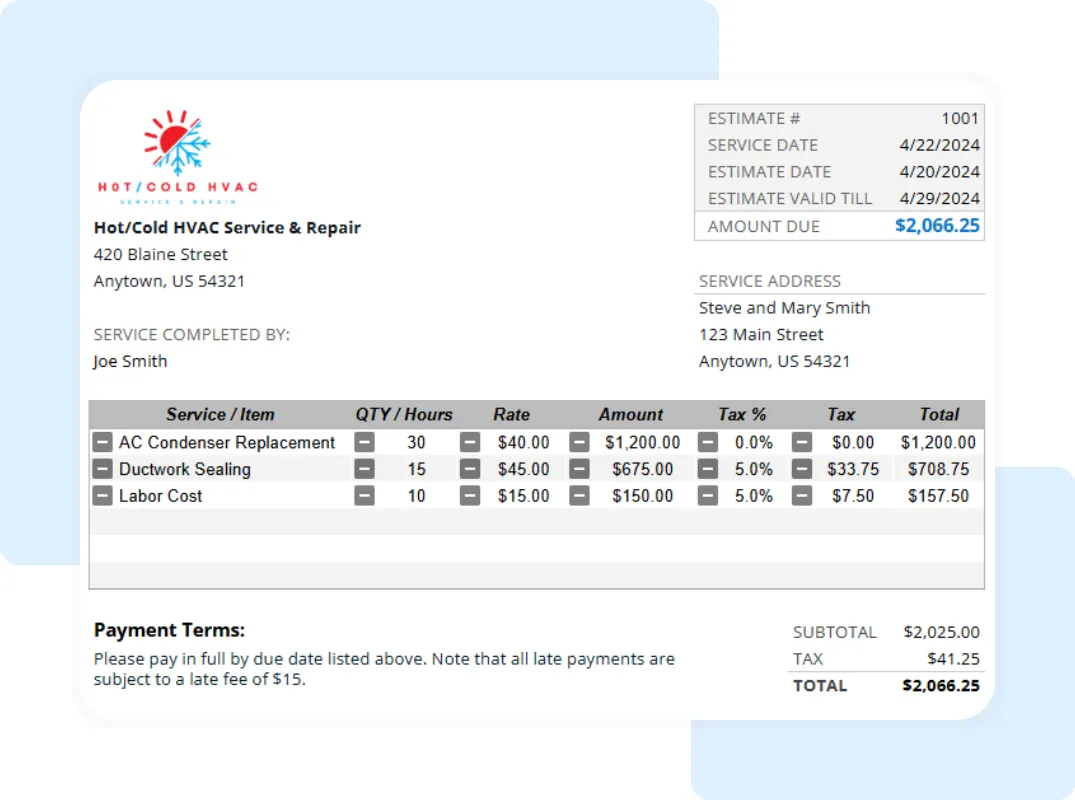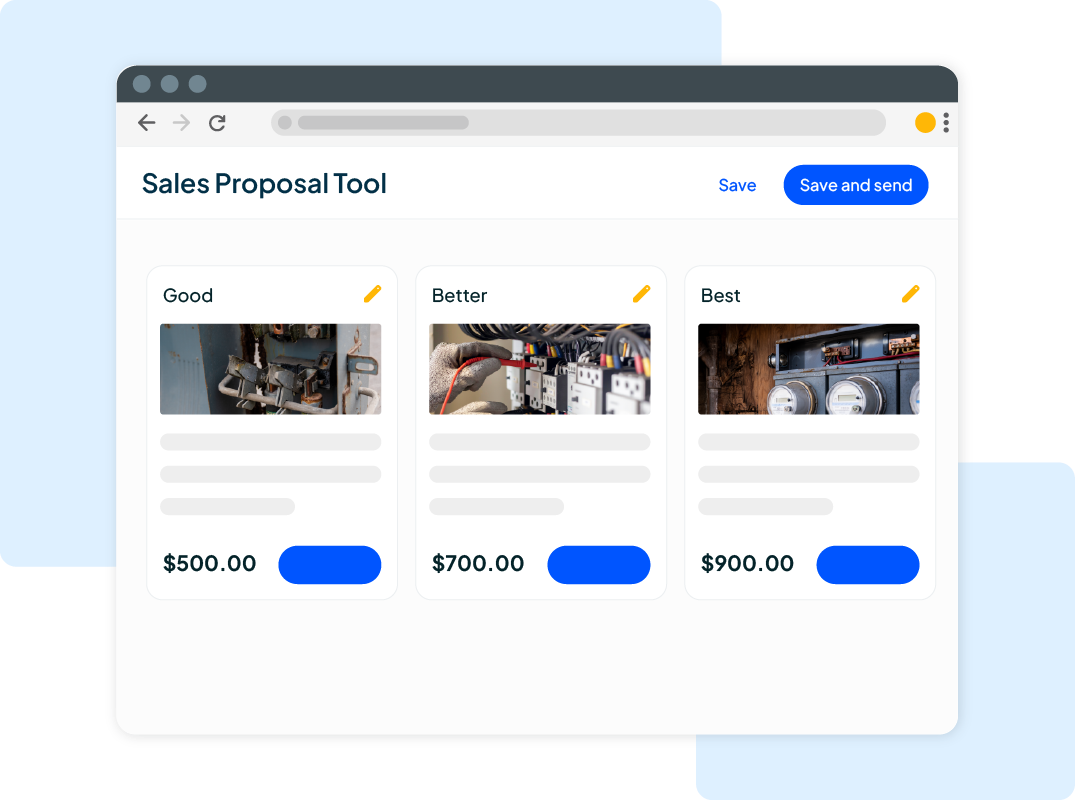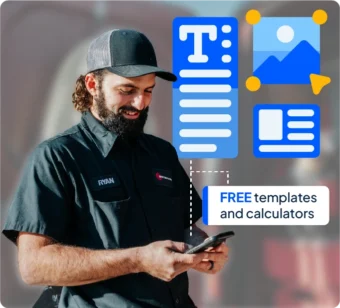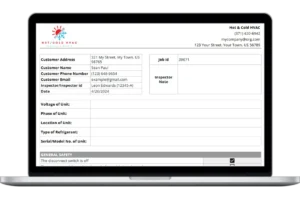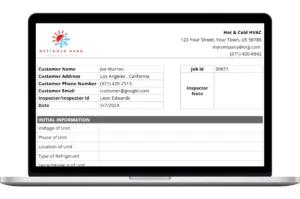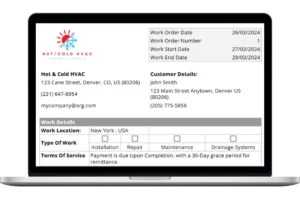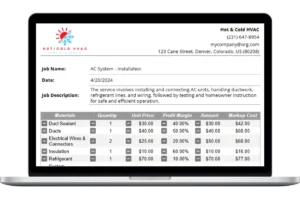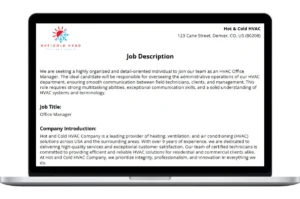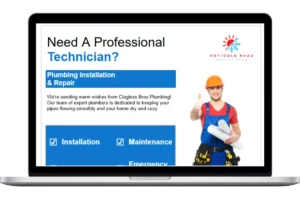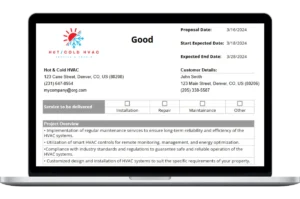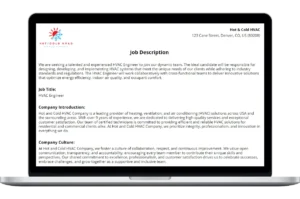Step 3: Detail the Work and Cost Breakdowns Move to the “Estimate Details” section. In the description fields, provide a detailed outline of the proposed work. Then, fill out the separate sections for Service/Item, QTY/Hours, Rate, and Tax % with the quantity and unit price for each item.
Step 4: Review the Automated Totals The template will automatically calculate the total for each line item and sum everything up at the bottom. Simply enter your local tax rate, and the sheet will calculate the total tax and provide the final estimate total. This automation prevents manual math errors.
Step 5: Save and Send Your Professional Estimate Once everything is filled out, review the “Printable Estimate” tab to see the clean, professional version of your document. To send it, go to “File” > “Download” and select “PDF Document (.pdf)”. A PDF is a non-editable format that is perfect for sending to clients.
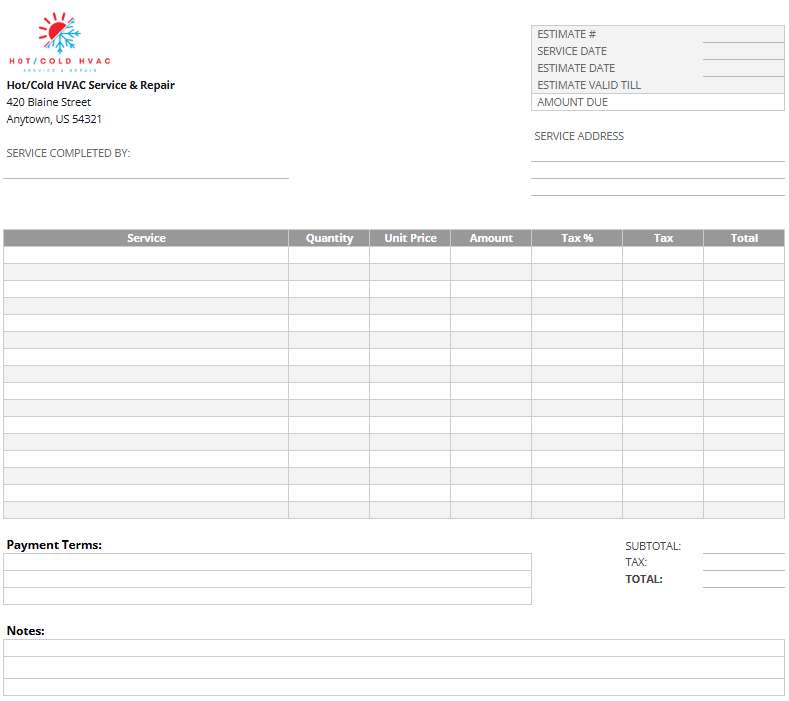
Step 6: (Optional): Print a Blank Field Copy For situations where you need to fill out a price list by hand, the template also includes a blank version. Navigate to the “Printable Estimate – Blank” tab to print a clean copy that can be completed manually while on a job site.
3 Ways a Better Estimate Increases Your Closing Rate
A well-crafted estimate does more than just outline costs; it sets the stage for a successful project and a happy customer.
Builds Customer Trust Through Transparency When a customer sees a detailed breakdown of costs for labor and materials, it eliminates suspicion. They understand exactly what they are paying for, which builds immediate trust and makes them more confident in choosing you over a competitor who provides a vague, single-line quote.
Reduces Follow-up Questions and Saves Time A clear, comprehensive estimate answers most customer questions before they are even asked. By providing all the details upfront, you spend less time on back-and-forth emails and phone calls, freeing you up to focus on other jobs.
Sets Clear Project Expectations The detailed scope of work in your estimate acts as a roadmap for the project. Both you and the customer have a clear understanding of what is included in the job. This prevents “scope creep” and disagreements down the line.

